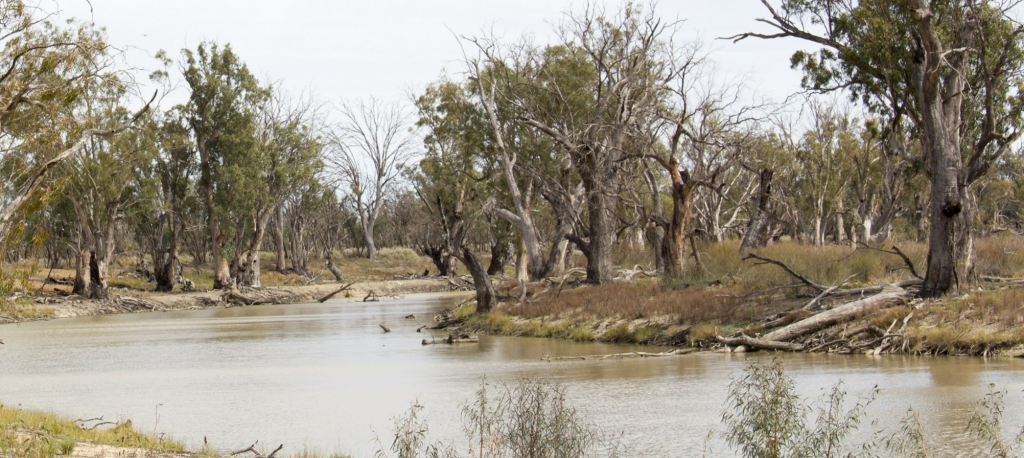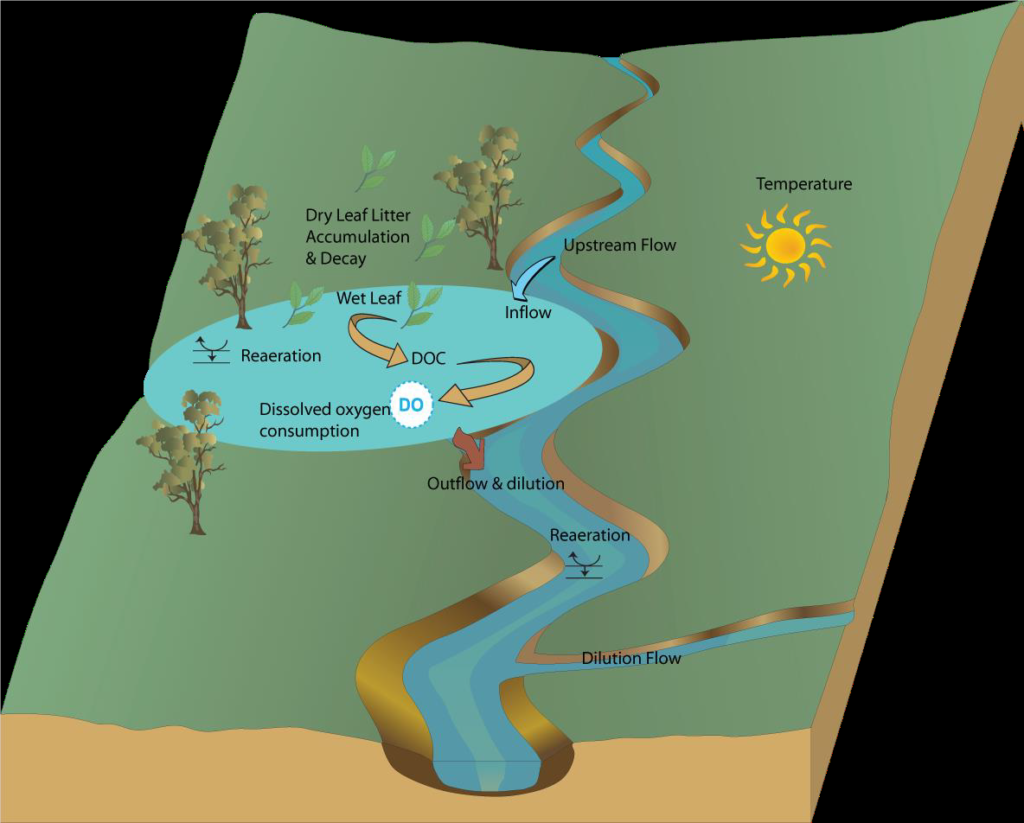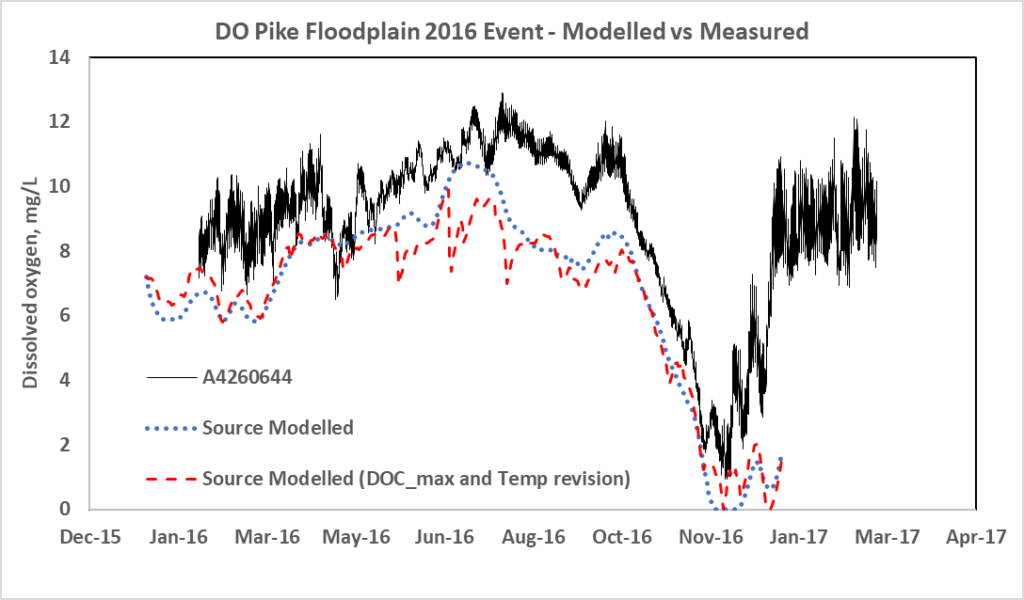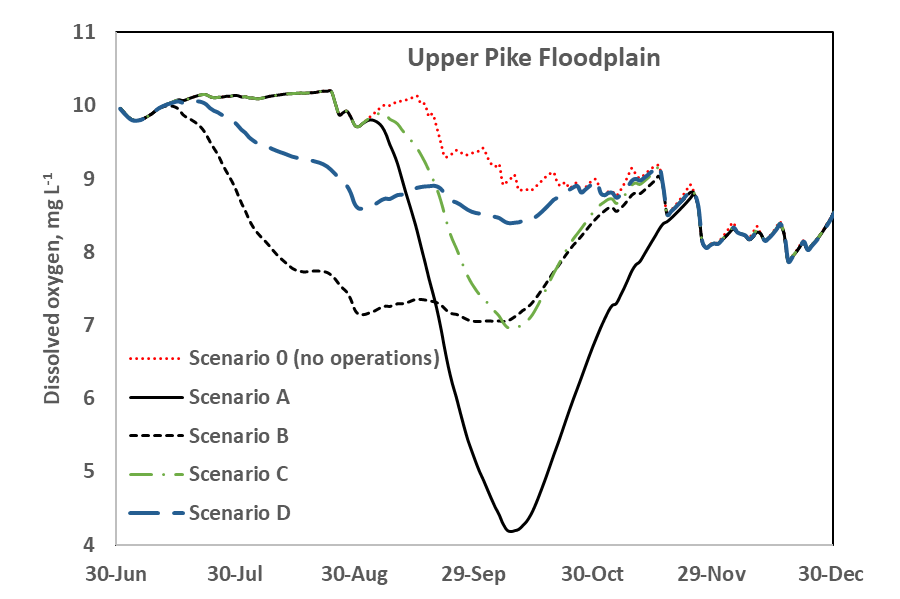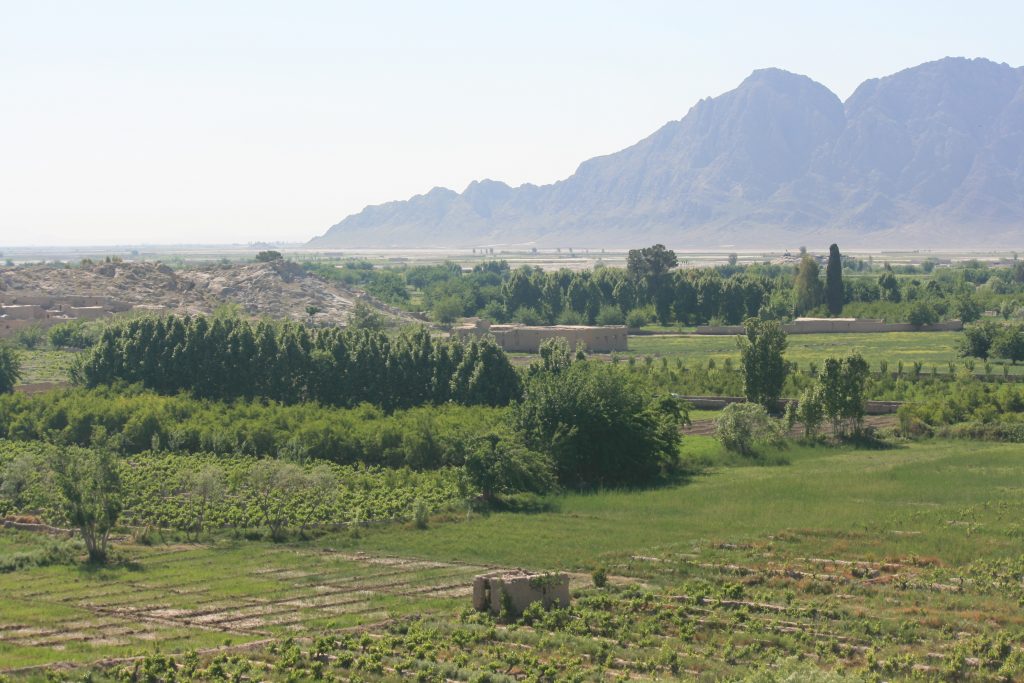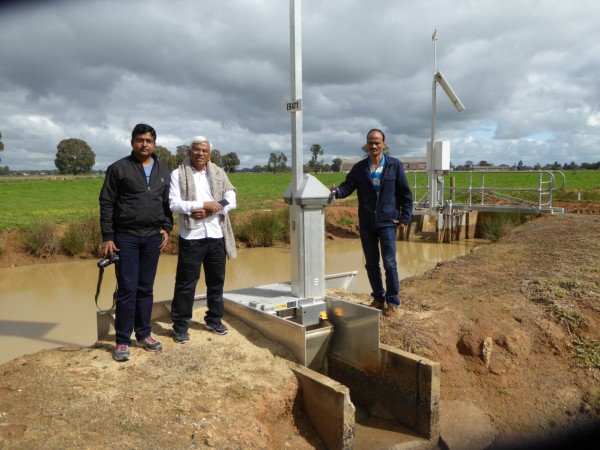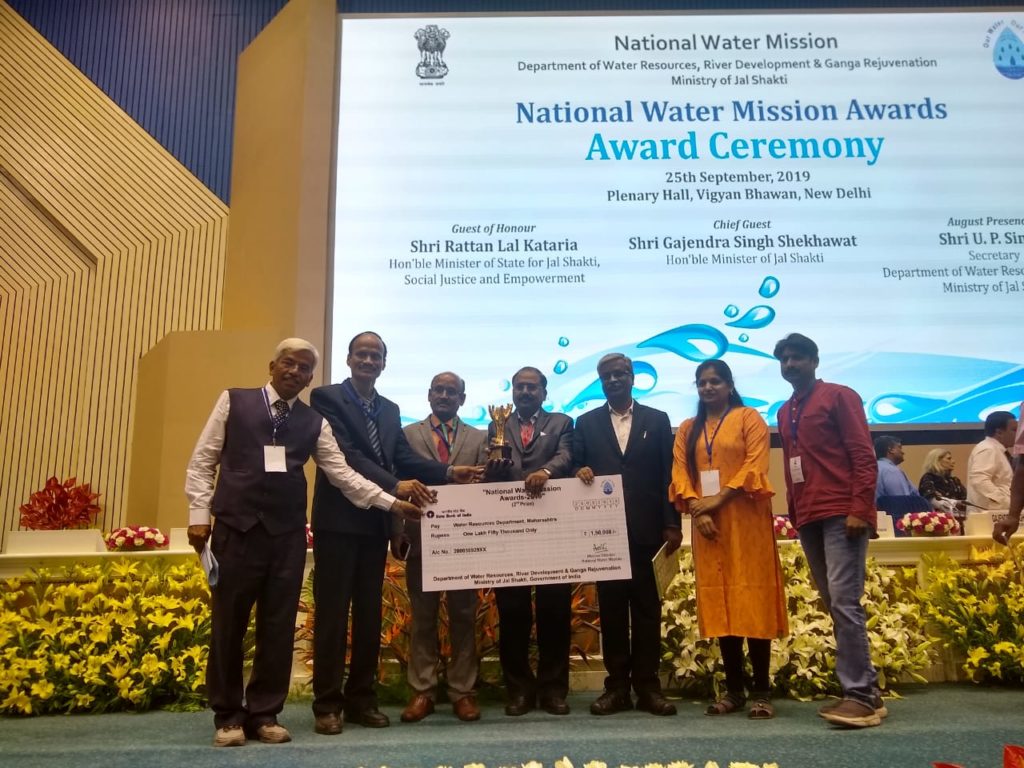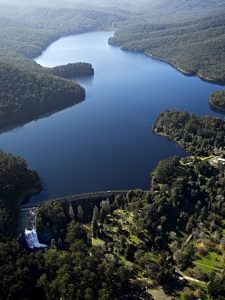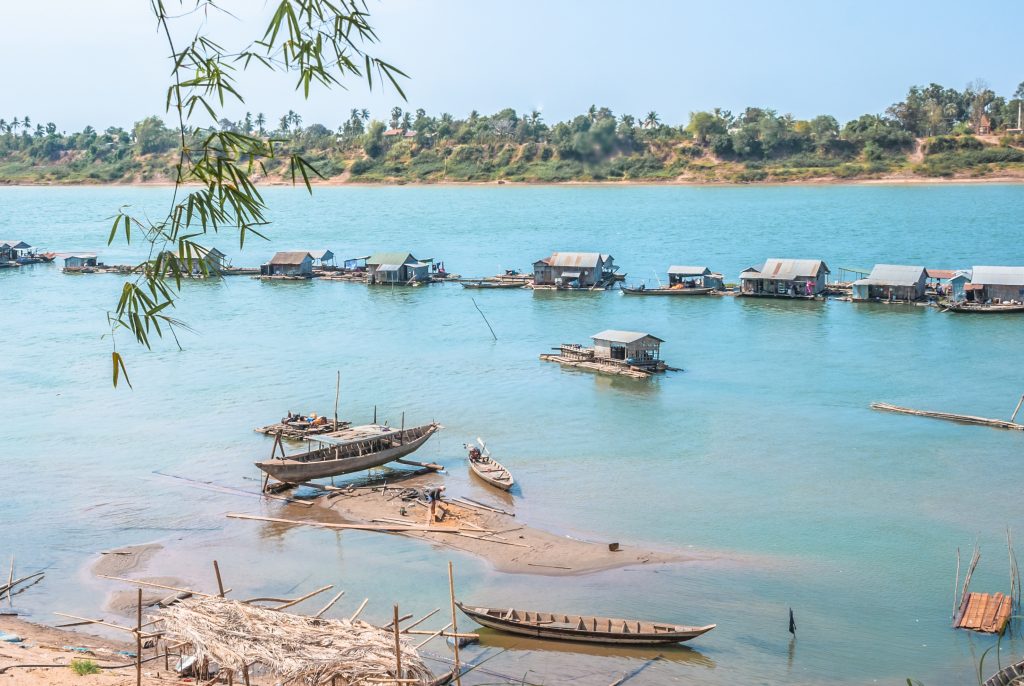eWater Group and its partnership with Mekong River Commission
Australia has a long and proud history of supporting water resource management in the Mekong region.
eWater Group’s three divisions – eWater Solutions, Australian Water Partnership, and Mekong Water Solutions – play a critical role in sharing Australia’s technology and helping to build capabilities in the region.
Australia has been a partner of the Mekong River Commission (MRC) since its inception in 1995. The MRC is an intergovernmental organisation, established “to help the lower Mekong countries build consensus around solutions that ensure a sustainable future for the Mekong and its people through basin monitoring, assessment, data and information sharing, and dialogue and cooperation.”
Since 2013, eWater Group has supported the Vientiane-based MRC and its four member countries (Cambodia, Laos, Thailand, and Vietnam) to enhance the management of the Mekong River’s water for the benefit of all who depend on it.
So how do we support the MRC?
Through the Australian Water Partnership, Australia has mobilised assistance on a range of strategically important issues including sustainable hydropower, regional flood and drought management, and management of fisheries in the rapidly developing river. Several Australian organisations are involved in delivering technical and capacity development support as part of Australia’s long-standing partnership.
Through eWater Solutions, we have helped the MRC to increase their understanding of inflows into the river and the impacts of dams in the river basin on flow levels and sediment transportation through our flagship software product, eWater Source. This world-class science and technology platform is playing a key role in delivering several elements of the MRC 2021-2025 Strategic Plan, including the report on low flow and drought conditions in 2019-2021, the Joint Study between MRC and Lancang-Mekong Cooperation Water Centre on Changing Pattern of Hydrological Conditions in the Lancang-Mekong River Basin and enhancements to the MRC’s Flood/Drought webpage to better integrate data and communicate vital information on river flows.
For our Solutions team, recent activities have included:
- advice on quality control procedures for incorporating hydromet (water and meteorology) data into MRC systems, to better inform day-to-day operations and provide faster response times;
- advice on the implementation of the MRC Procedures for data, water use and flow monitoring;
- supporting the initiative of the MRC Document Management System to ensure experience and knowledge from the past informs future planning;
- contributing to the report on low flow and drought conditions in 2019-2021, which was well received by international stakeholders;
- upgrading the Mekong Source model to incorporate new information, such as the storage strategies of reservoirs, in preparation for the Joint Study between MRC and Lancang-Mekong Cooperation Water Centre on Changing Pattern of Hydrological Conditions in the Lancang-Mekong River Basin;
- coordinating and consolidating technical inputs from both the MRC and Lancang-Mekong Cooperation Water Centre team members into the report of the Joint study;
- enhancing the MRC’s Flood/Drought webpage to better integrate data and communicate vital information on river flows.
According to eWater Group’s Principal Hydrologist and Mekong Team Leader, Dr Paradis Someth, “the success of eWater’s involvement with the MRC has been due to visionary leadership and trust of both parties and our work being clearly and directly aligned with the MRC Strategic Plan, which has ensured support from across the MRC Secretariat and relevant stakeholders.”
“Our collaborative partnership, with its strong focus on advice and coaching for staff in MRCS and member countries, has helped to develop the necessary skills and expertise to improve management of the Mekong River,” Dr Someth said.
For Australian Water Partnership General Manager, Sarah Ransom, “the long-term partnership with the Mekong River Commission represents shared trust with one another, and a shared interest in sustainable management and development of water resources in the Mekong basin. We look forward to continuing our support in the region.”
Over this period, eWater has enjoyed close working relations with the MRC Secretariat Leadership team and DFAT’s Mekong regional water team.
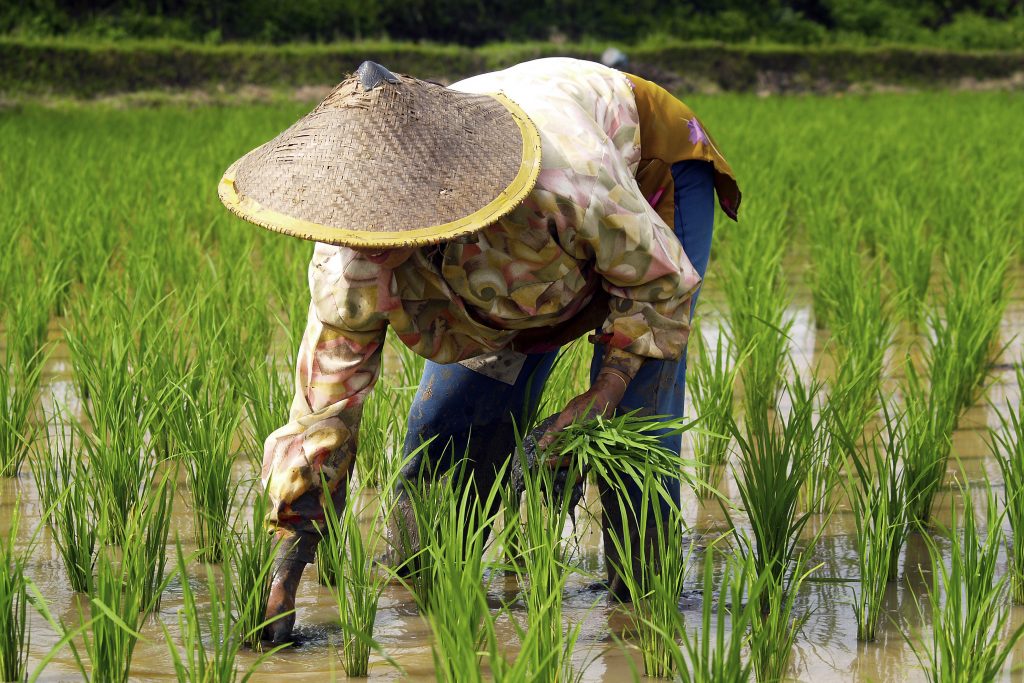


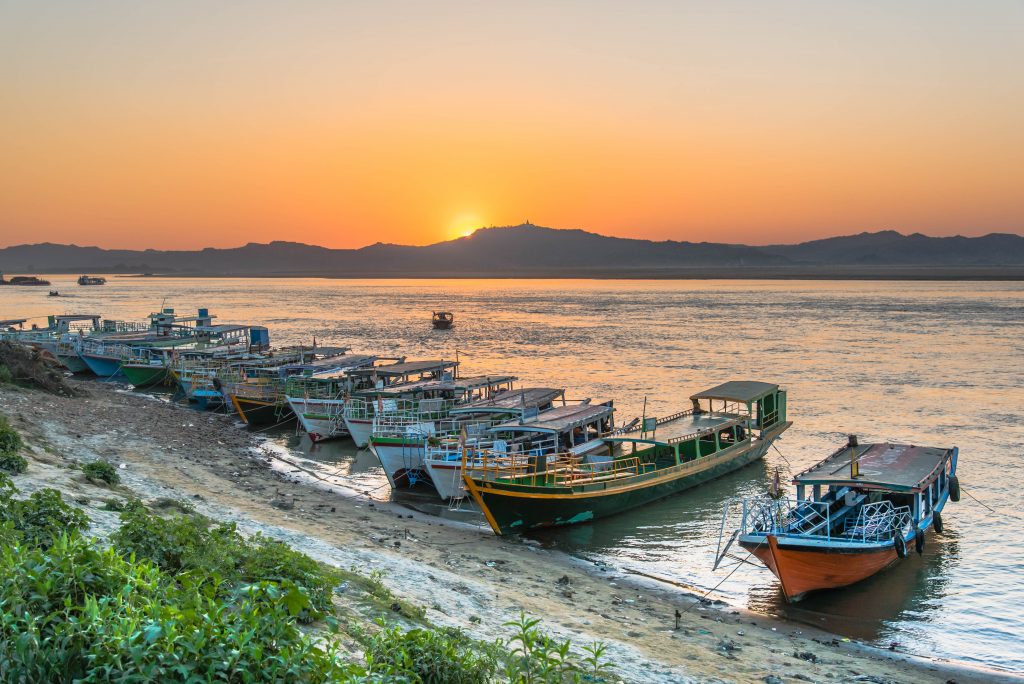




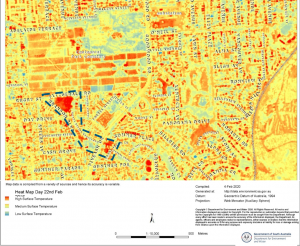
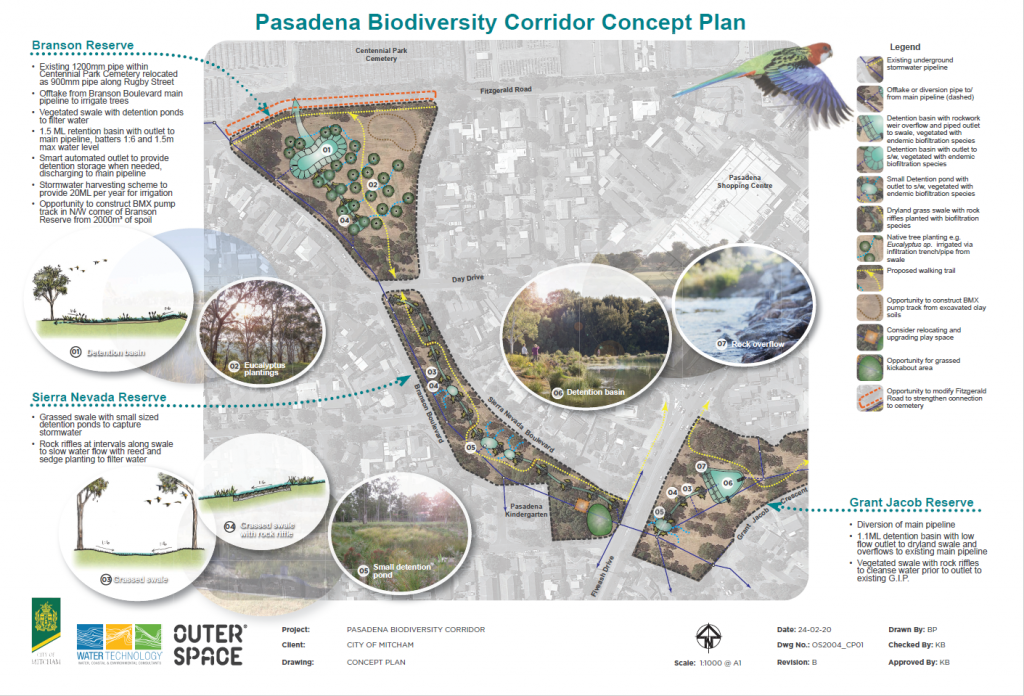
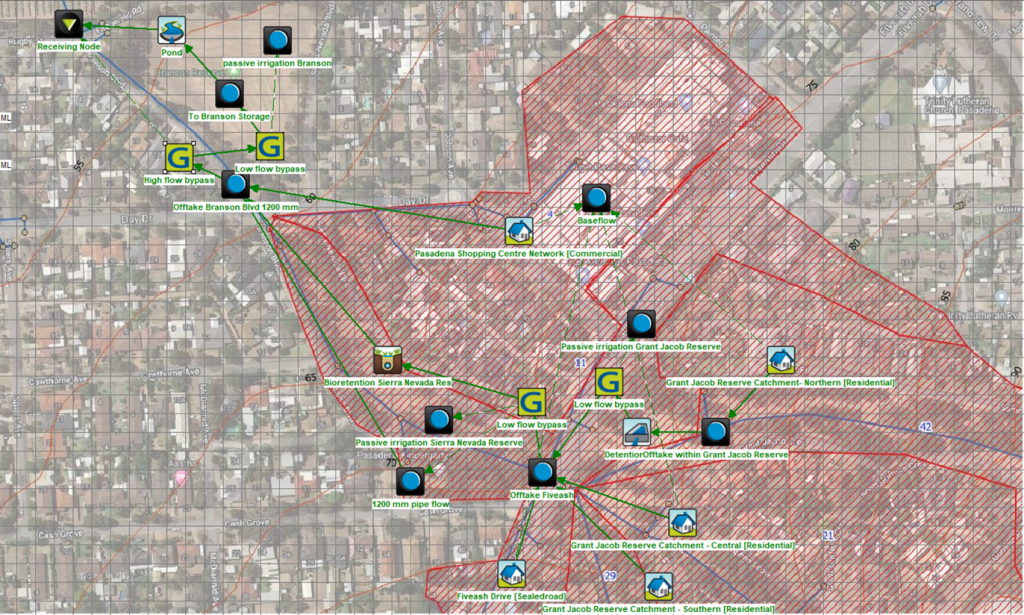



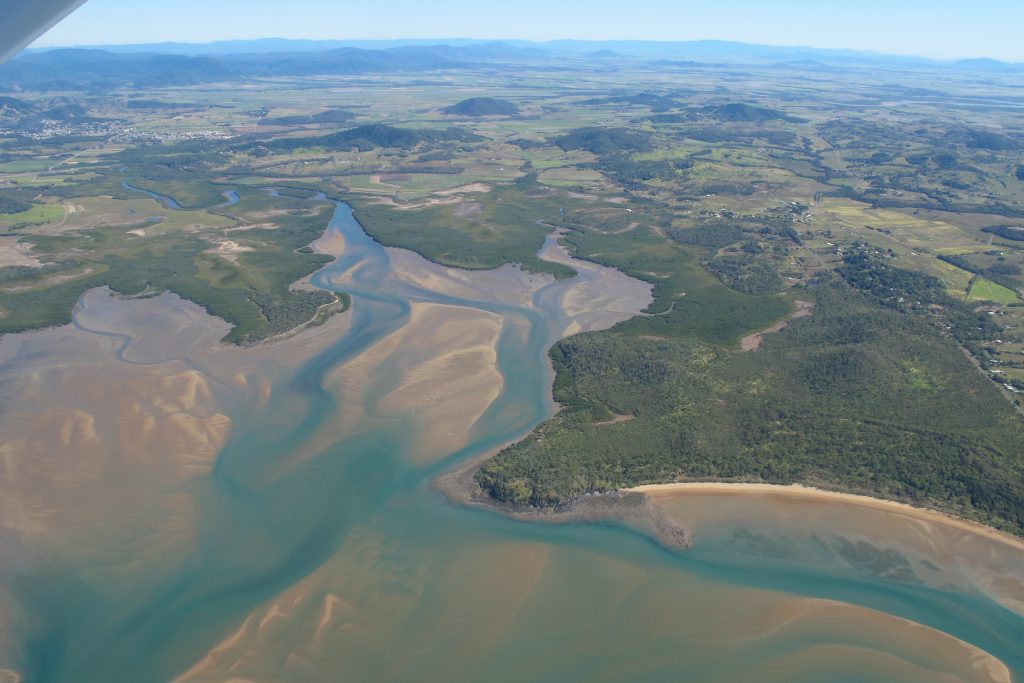
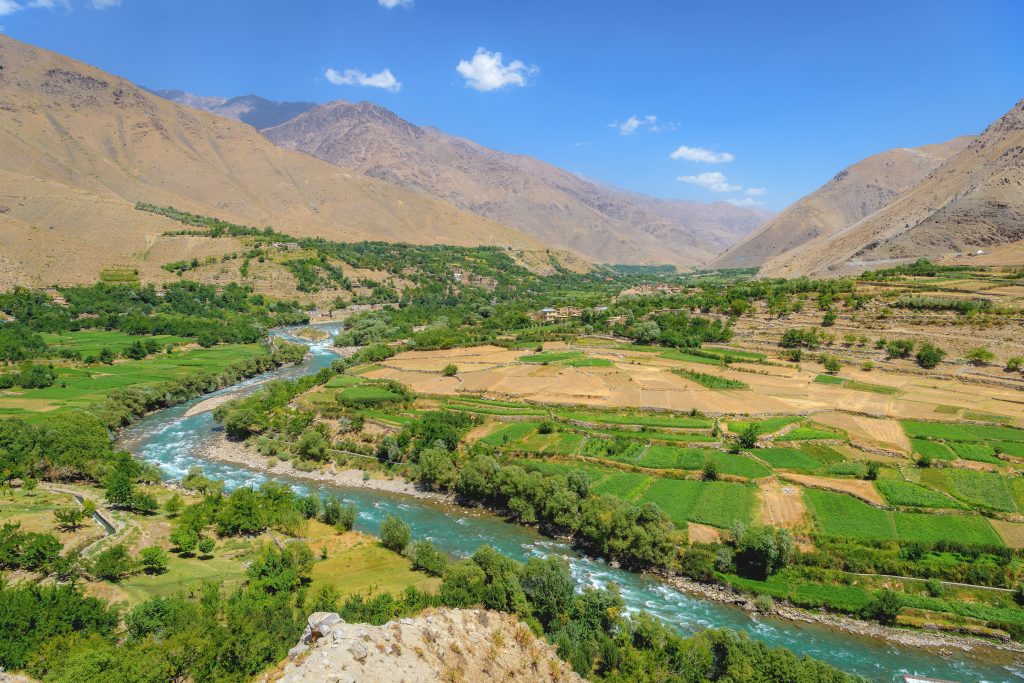



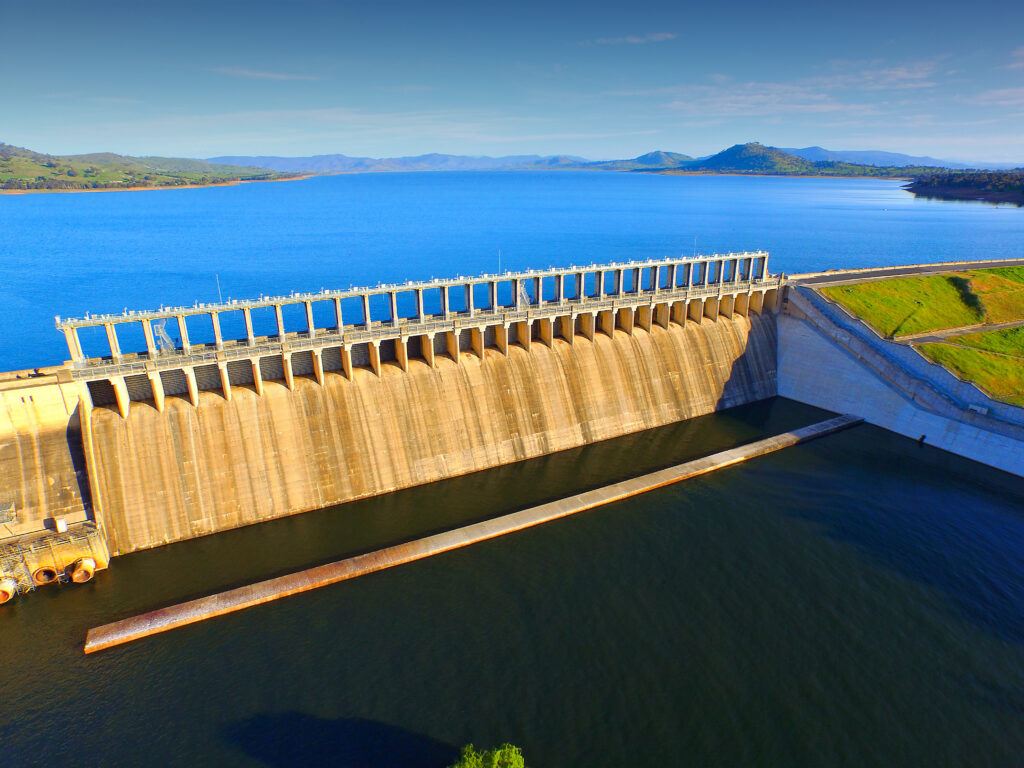
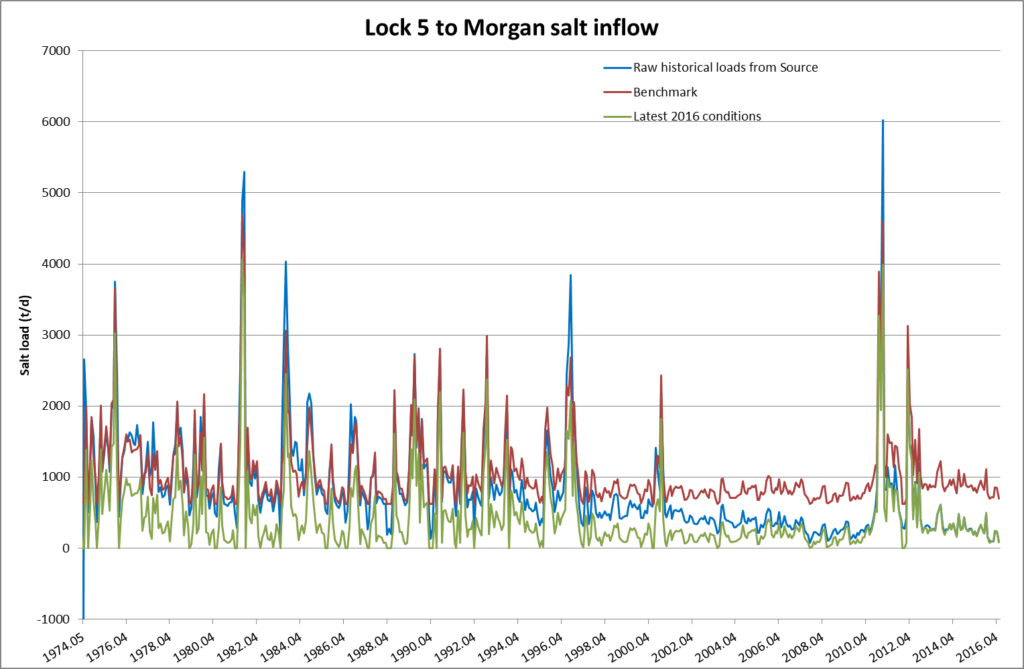

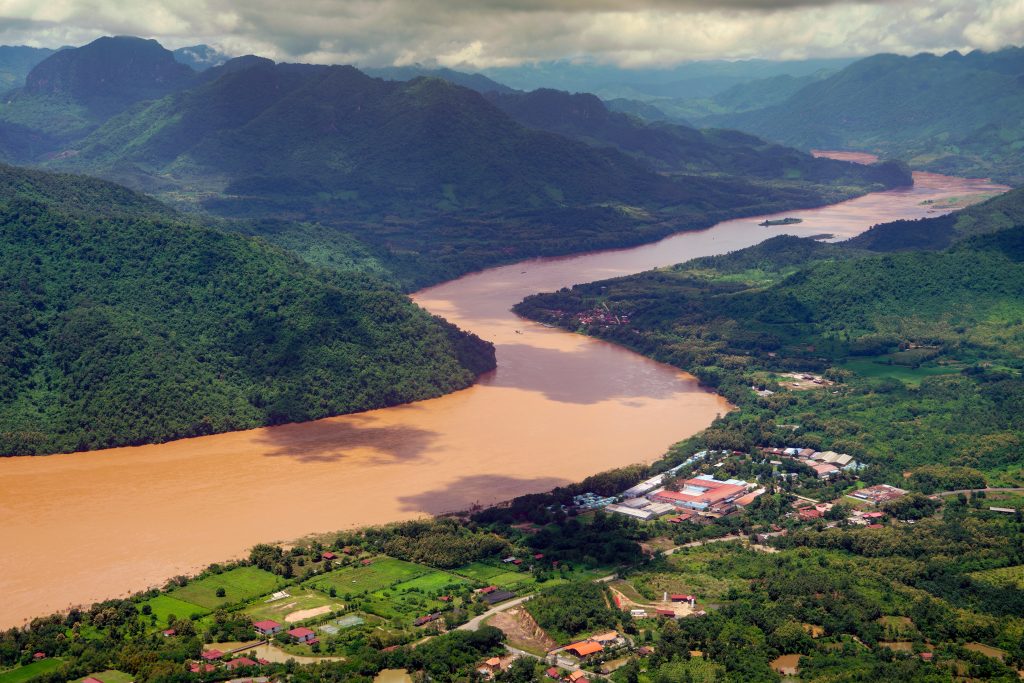


 Summary of basin characteristics.
Summary of basin characteristics. 
 Participants at a workshop to develop scenarios for the Xe Kong basin. Attendees were from NRERI, other Lao PDR government agencies, the World Bank and eWater
Participants at a workshop to develop scenarios for the Xe Kong basin. Attendees were from NRERI, other Lao PDR government agencies, the World Bank and eWater